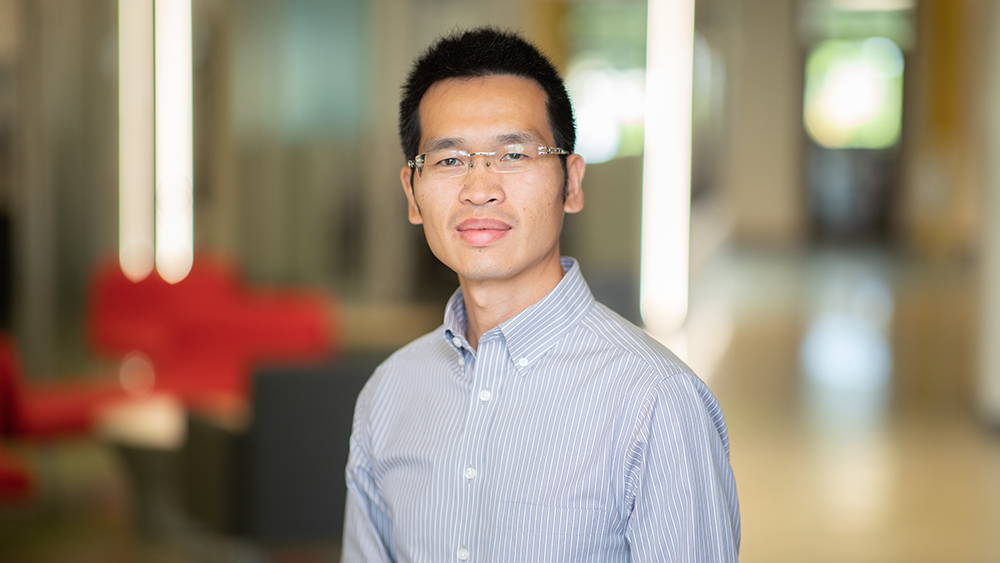
As smart devices and new digital interaction methods continue to evolve, the use of photons as a delivery system in an Internet of Things (IoT) could enable a new generation of technology with vast potential.
Dr. Shoufeng Lan, assistant professor in the J. Mike Walker '66 Department of Mechanical Engineering at Texas A&M University, is pursuing research into harnessing these tiny particles, which could provide optical solutions to wide-ranging challenges in energy, manufacturing, health science, information technology and national security.
"Optics and photonics are enabling techniques for many sciences, such as telescopes for astronomy and microscopy for biomedical science, and they are ubiquitous in our daily life, too, ranging from human vision, the colorful world, to displays of cell phones," Lan said.
Lan said by harnessing the power of photons to carry information, an optical IoT has the potential to provide an unlimited data bandwidth, which could enable more widespread and integrated use of technologies including augmented reality and glasses-free 3D displays.
"Many of the photonic technologies in the optical IoT have been selected by the World Economic Forum as the Top 10 emerging technologies that could change our lives in the near future," Lan said. "For example, augmented reality has the potential to revolutionize the way information presented to us, such as the popular game of Pokémon Go."
Lan said one of the biggest challenges in developing an optical IoT is successfully marrying the fundamental research on photonics with practically engineered devices.
"For example, we designed and demonstrated an augmented reality device on contact lenses in the lab, but it may take another five to 10 years to see commercial products from this technology," he said.
Researchers pursuing the optical IoT will also need to overcome another hurdle in the form of massive amounts of data and information that could easily overwhelm current computers.
"Another challenge is to compute and process the unprecedented large amount of data and information in an optical IoT," Lan said. "To tackle this challenge, we believe optical quantum computers are a promising candidate and we are working on this topic too."
Lan said he and his team are approaching these problems — particularly how best to manipulate these massless photons to transmit data — by focusing on developing the physical interface through which the information could travel for the optical IoT.
"We are particularly interested in a metamaterial, which is an artificial material that obtains material properties more from the geometry and structure of the building blocks rather than its chemical compounds," Lan said. "Those building blocks of metamaterials are achievable with nanofabrication facilities in the semiconductor industry."